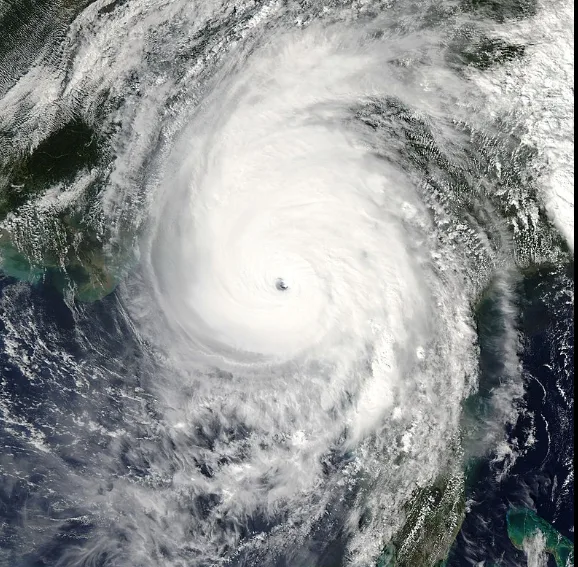
2019 Atlantic hurricane season forecast released
Between two to four major storms are expected
The 2019 Atlantic hurricane season will be close to the average according to NOAA’s Climate Prediction Center forecast published on May 23rd. The season, which extends officially from June 1st to November 30th will have a 40 per cent chance of being near-normal, and a 30 per cent chance of either being above or below average.
The main factor lowering the activity this coming season is a weak El Niño (warming of waters in the central and eastern tropical Pacific) which is expected to linger throughout most of the summer months.
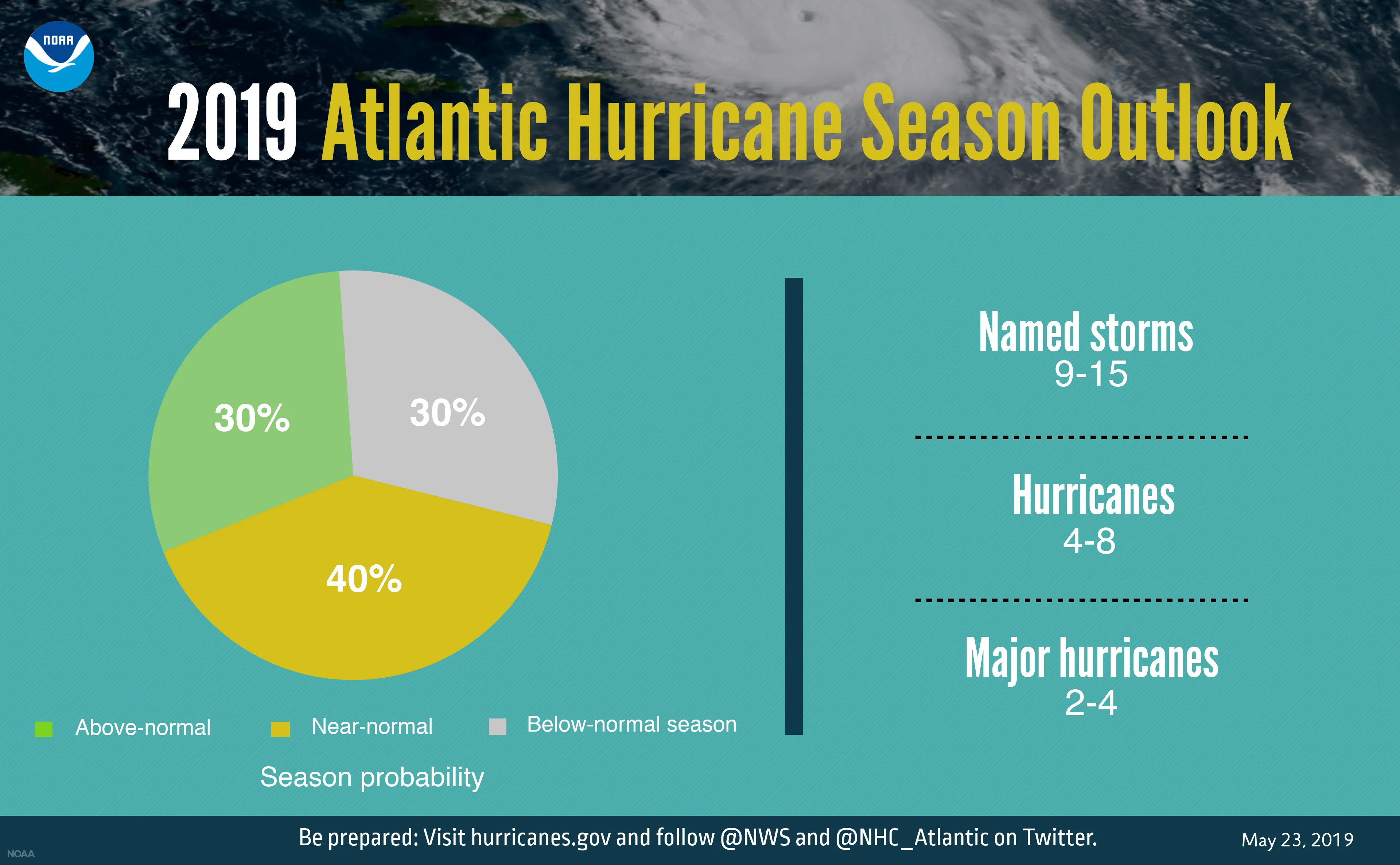
Counteracting El Niño, is the expected state of the Atlantic waters where tropical cyclones usually develop and intensify into powerful hurricanes.
Sea surface temperatures (SSTs) are expected to be warmer than average in tropical Atlantic and the Caribbean Sea, together with a more than usual active African Monsoon. Both are ingredients that enhance tropical activity in the region and thus the potential for hurricane formation and intensification.
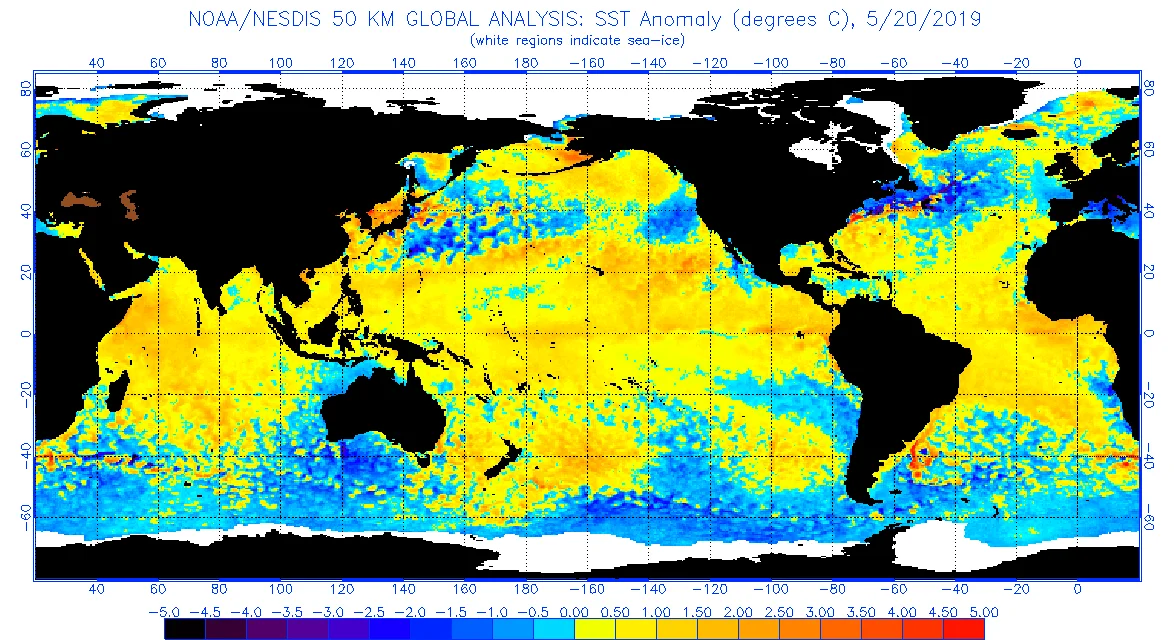
The second half of 2018 and the early months of 2019 have been influenced by a weak El Niño in the equatorial tropical Pacific, although it is expected to gradually weaken as we move into summer. Despite the weaker El Niño, NOAA predicts that the presence of warmer than usual equatorial Pacific waters will still influence how active the Atlantic hurricane season turns out to be.
Every El Niño episode can be different and vary in terms of how it impacts the tropics, but this Atlantic hurricane season will most likely be marked by above average days of strong upper-level westerly winds and stronger lower-level easterly trade winds. This atmospheric dynamic set-up will increase vertical wind shear (the change in wind direction and speed with height in the atmosphere) and suppress thunderstorm development.
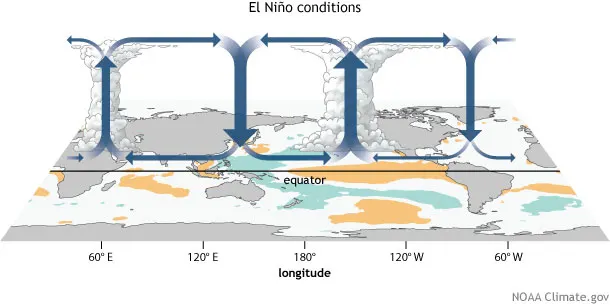
How many tropical systems we end-up seeing will depend, among other factors, on who wins the battle. Will it be El Niño and the effects it can have on the Atlantic circulation, or the atmospheric patterns enhanced by warmer Atlantic SSTs? We will closely monitor these factors as we enter into hurricane season.
With these ocean-atmosphere considerations in mind, NOAA calls for 9 to 15 named storms of which 4 to 8 will become hurricanes, and 2 to 4 will reach maximum strength at a Saffir-Simpson category 3, 4, or 5. On average, the season produces 12 named storms, with 6 becoming hurricanes and 3 major hurricanes.
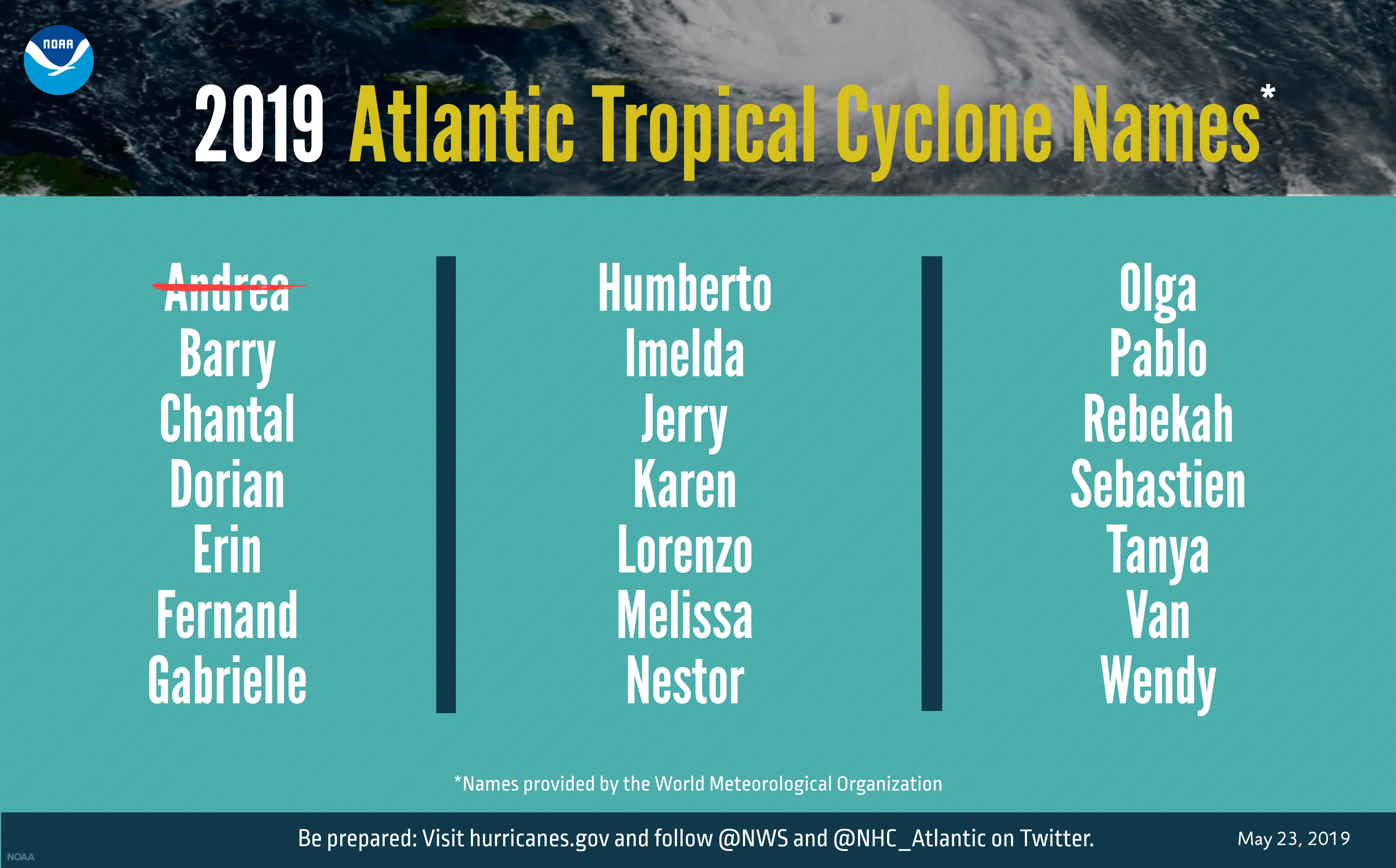
Just this past week we saw short-lived subtropical storm Andrea form prematurely, and meander across the west Atlantic before dissipating. Next name up will be Barry, then Chantal and so on until Wendy if needed.
NOAA via the National Weather Service is making a planned upgrade to its Global Forecast System (GFS) flagship weather model, also referred to as the American model early in the 2019 hurricane season. This marks the first major upgrade to the dynamical core of the model in almost 40 years and will improve tropical cyclone track and intensity forecasts.











